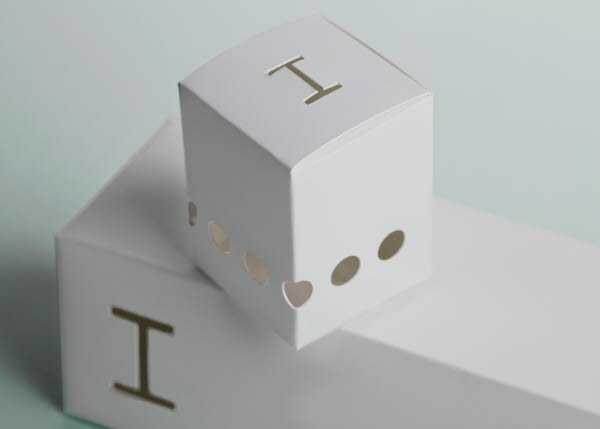From tree diversity and cellulose to fibre properties and Laws of Nature.
About paperboard
Integrating fundamental concepts of paperboard is essential to a comprehensive understanding of paperboard packaging. We invite you to explore the foundations that underlie Holmen's products.
What is paperboard?
Paperboard is a natural and recyclable material consisting mainly of cellulose fibres, the organic base material of wood.
In a wet state, these cellulose fibres are bonded together to create interlaced networks that, when joined in multiple layers, form a thin and flat board.
In addition, a white mineral pigment coating is applied in one or more layers to one or both surfaces, enhancing the whiteness and smoothness of the board. This process is carried out to ensure a suitable surface for subsequent printing and varnishing.
Fresh and recycled fibres
"Fresh" or "primary" fibres are obtained directly from various tree species - mainly pine, spruce and birch, and to a lesser extent, eucalyptus. The process by which these fibres are separated from the wood is called pulping.
Fibres known as "recycled" or "secondary" are primary fibres that have already been used one or more times. They come from paper and paperboard reprocessed through a procedure called repulping. However, each time the fibres are used, their properties deteriorate. Therefore, paperboard made from recycled fibres cannot be used for applications that require the highest performance from fresh fibres.
Fresh fibres are often contrasted with recycled fibres, even though they are two interdependent types of fibre, part of the same eco-cycle. Fresh fibres eventually wear out. Therefore, they need to be constantly added to the material system as they are the basis for the availability of recycled material. In other words, without fresh fibres, there is no recycling.
To learn more about fresh and recycled fibres, continue reading Recycled and fresh fibre go hand in hand.
Advantages of fresh fibres
Compared to recycled fibres, fresh fibres offer numerous advantages that make it possible to achieve first-class paperboard quality for a wide range of premium product packaging, such as cosmetics, perfumes, beverages, food, and pharmaceuticals, where stringent purity, construction, design, and printing requirements must be met.
Fresh fibres retain much of their original strength, giving the paperboard strength that performs best in printing, converting, and use. The strength also allows performance to be maintained at the same material weight. In addition, fresh fibres offer more flexibility and elasticity, allowing for advanced structural design. Fresh fibres are also of known origin, and, with carefully controlled processing, they are free from any tendency to impart taint or off-odour so that purity requirements are fulfilled.

Types of paperboard
Paperboard can be classified into four different types: SBB (in the U.S. often referred to as SBS), SUB, FBB and WLC.
- SBB stands for Solid Bleach Board
- SUB for Solid Unbleached Board
- FBB for Folding Box Board
- WLC for White Lined Chipboard
SBB, SUB and FBB are made from fresh fibres while WLC is made from recycled fibres.
Paperboard from Holmen
Holmen produces two specific types of paperboard:
- SBB - Solid Bleach Board
- FBB - Folding Box Board
Both materials are made from fresh fibres sourced from the responsible forestry operations of Holmen Skog, a sister company within the Holmen Group.
Read our section Certificates & Data to learn more about how we operate according to globally recognised standards.
Differences between paper and paperboard
Read about the criteria to draw a distinction between both materials, leading to an overview of paperboard production.

